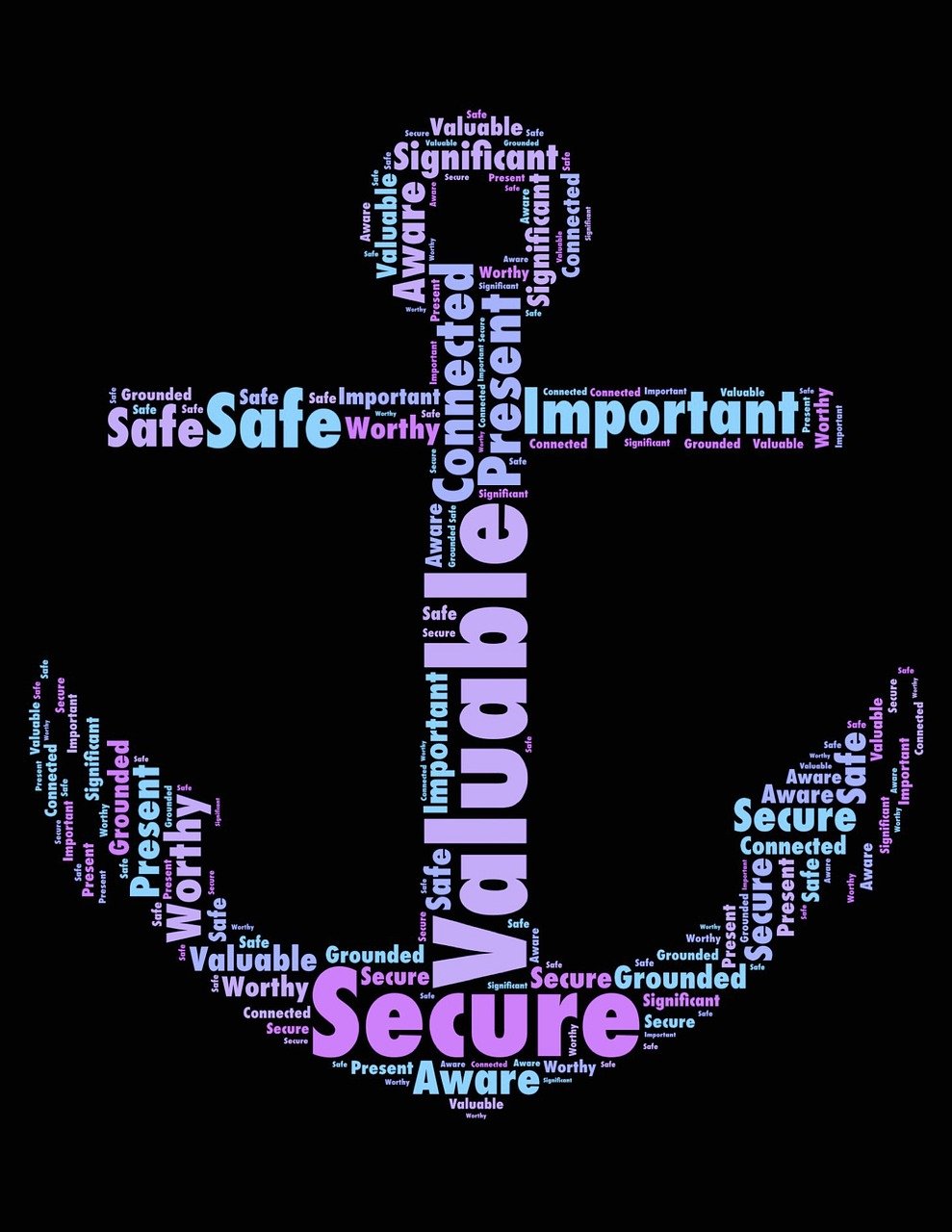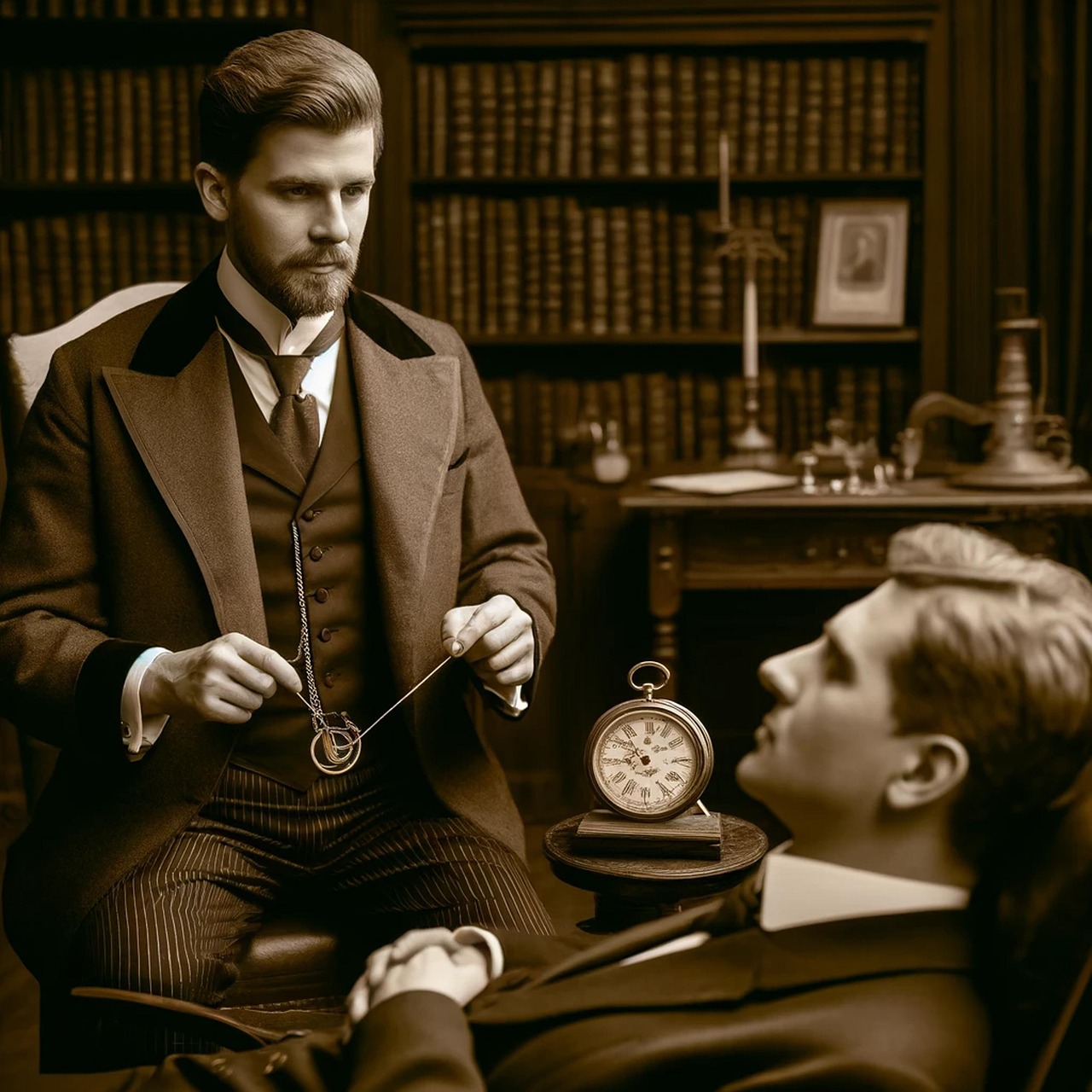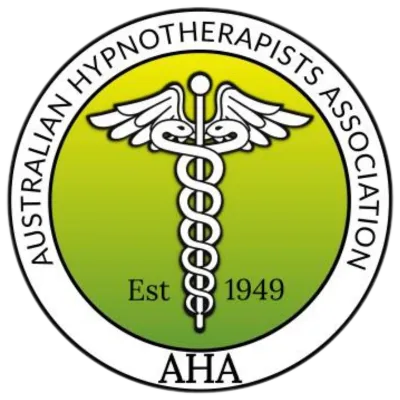THERAPY FOR TRAUMA
Trauma Therapy & Online Hypnotherapy for Lasting Calm and Safety
Gentle, evidence-based hypnotherapy to help your body feel safe, your mind steady, and your choices clear—online or in-person
Is Trauma Keeping Your Body on High Alert? This Support Is for You
“I read the room and keep the peace—even when it hurts”
“My body stays tense; sleep and boundaries are hard”
“I shut down (freeze/fawn) or over‑perform to feel safe”
“I want gentle, practical steps that actually help”
WHAT YOU'LL NOTICE AFTER GENTLE TRAUMA HYPNOTHERAPY
Fewer spikes and startle responses; easier recovery
A calmer body, clearer mind, and kinder inner voice
Boundaries that feel natural and hold with grace
More choice in the moment (less reactivity) (Everyone’s path is unique. Results vary.)
QUICK NERVOUS-SYSTEM GROUNDING EXERCISE:
FEEL SAFER IN 60-120 SECONDS
This quick nervous-system grounding exercise can reduce startle responses and calm your body in 60–120 seconds.
Orient: slowly name 5 neutral details you can see right now
Breath pacing: in for 4, out for 8 (or double inhale + relaxed exhale if agitated)
Soften: drop shoulders and unclench jaw; feel your feet supported
Say (quietly to yourself): “Right now, I’m safe enough to take one small step”

How Trauma Therapy Sessions Work: Tailored, Gentle, and Safe
Safety first: we build a present‑moment sense of “I’m safe enough now”
Map your pattern: cue → meaning → reaction → result
Update protective responses: fawn, freeze, over‑compliance, over‑work
Short “first lines” and body skills you can actually use No preset formula—each session is tailored in the moment to what your system needs.
TRAUMA TRIGGERS & HIGH STRESS MOMENTS WE HELP YOU NAVIGATE
Family visits and difficult conversations
Authority figures and high‑stakes situations
Crowds, noise, medical settings, travel days
Intimacy, closeness, and saying no
Holidays, birthdays, anniversaries, grief dates
WHAT GENTLE TRAUMA HYPNOTHERAPY CAN DO-AND WHAT IT WON'T
We don’t force memories or re‑live the past
We build capacity first, then add choice and language
You stay in control the entire time
Online or in‑person (Neerim South). Dog‑free appointments available on request.
YOUR SAFETY, COMFORT, AND CHOICE COME FIRST
No forcing, no shaming—ever. We go at your pace.
With your consent, I’m happy to coordinate with your GP or therapist.
COMMON QUESTIONS ABOUT TRAUMA HYPNOTHERAPY & ONLINE SUPPORT
Will I be in control? Yes. You remain awake, aware, and in charge.
Do we have to talk about the past? Only if helpful. We avoid overwhelm.
How many sessions? Many notice change in 1–3; we decide together.
Is online effective? Yes. A quiet space and headphones work well.
Medical note: This supports—not replaces—medical or psychological care.
MICRO-FAQ
Why do “small things” set me off so big?
Your nervous system learned to protect you quickly. When something in the present reminds you of the past, your body reacts as if it’s urgent now. That’s not you being dramatic—it’s a well‑trained alarm doing its job. In session we build present‑moment safety, widen your window of tolerance, and give your body a new ending to old patterns so the same cues feel less explosive over time.

Why do I over-apologise or say yes when I mean no?
That’s a fawn response—appeasing kept you safer once. Your body learned “if I keep the peace, I’m less likely to be hurt/abandoned.” We’ll spot the early body cues (jaw, chest, gut), practise soft/firm “first lines,” and build capacity so you can hold a boundary without your system tipping into panic or shame. Try now: Soft no: “I can’t today—thanks for understanding.” Firm: “I’m not available for that.”

Why do I shut down, go numb, or 'leave my body'?
Freeze/dorsal shutdown is also protection. When fight/flight wasn’t possible or safe, your system chose stillness to survive. We won’t force activation. Instead, we use gentle orienting, breath pacing, and micro‑movements to bring you back online in tiny, manageable steps—always at your pace. Try now: Feel your feet on the floor; press toes down for 10 seconds, release, then notice three sounds around you.

Why am I so jumpy, on guard, or scanning for danger?
Hypervigilance is a smart adaptation when life felt unpredictable. Startle, scanning, and sleep difficulty are signs your body is doing extra security work. We’ll create reliable safety anchors, add predictability (routines, scripts), and work with posture/voice so your system gets repeated proof: “I’m safe enough right now.” Try now: Lengthen spine, drop shoulders, soften jaw; quietly say, “In this moment, I’m safe enough to take one small step.”

Why do I get big feelings with no clear memory (emotional flashbacks)?
Trauma is often stored as sensations, images, and meaning—not neat story memories. Your body remembers even when explicit memory doesn’t. We track the body signals, give them language, and let your system complete unfinished responses—without hunting for details or reliving anything. Try now: Name the feeling as a weather report (“heavy cloud,” “fast wind”), then choose one regulating breath (in 4, out 8).

START FEELING CALMER, SAFE, AND MORE IN CONTROL

14 McDougal Road, Neerim South VIC 3831
ABN - 99 421 507 448
AACHP Member No. - PCM2003411
AHA Member No. - CM2022969








